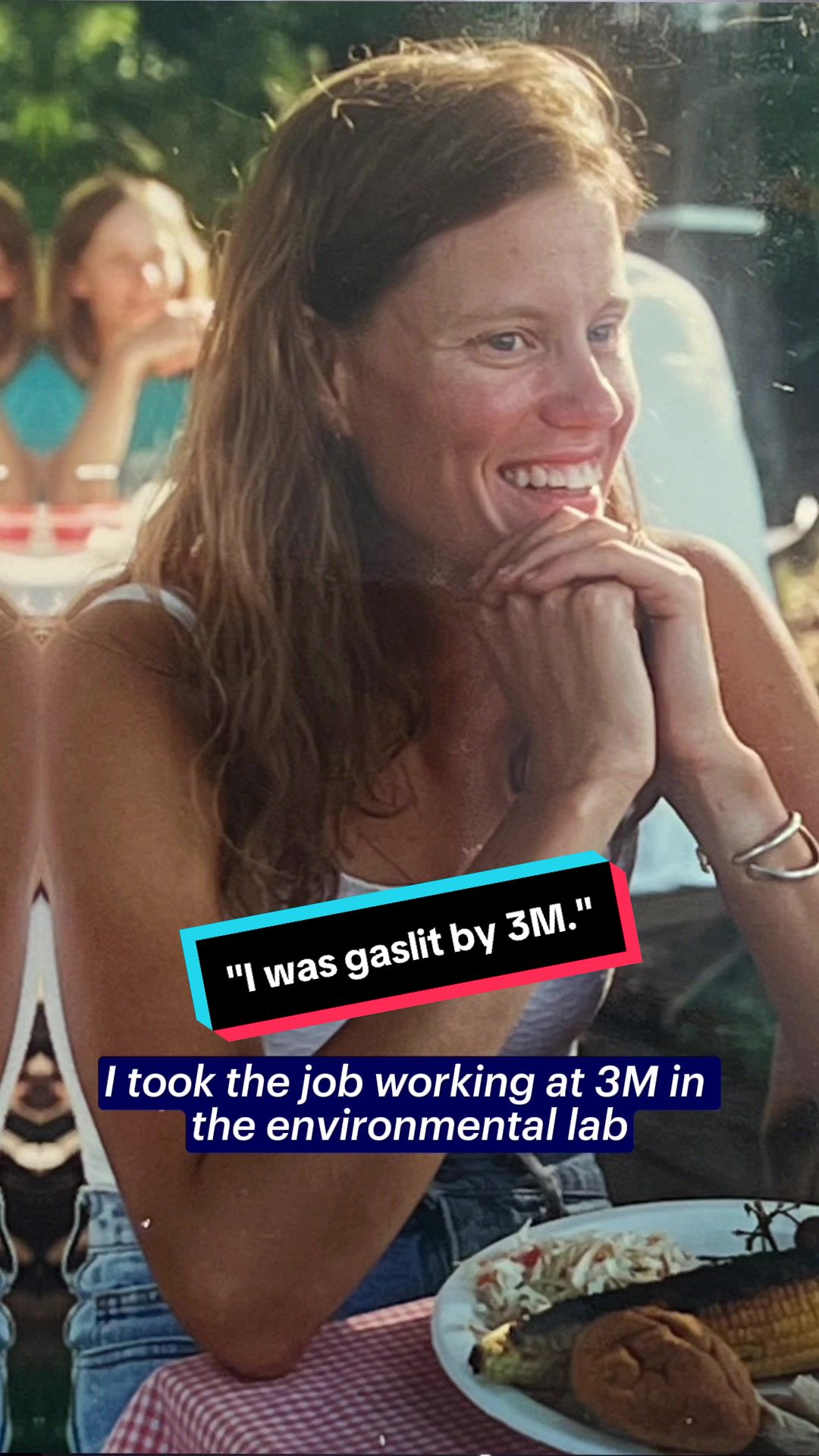I actually believe this to be the single most successful technique for social control in the 21st Century, convincing those most eager for change that it can only come through thrilling and glorious action, a battle of pure good versus pure evil. “Why bother voting on this boring bond issue? I’m not leaving the house for anything less than a war to overthrow capitalism! And don’t ask me to hang out unless you agree, I don’t befriend class traitors.”
The truth that the system is so afraid of us learning—and that we’re happy to let them keep from us—is that actually changing the world requires a stunning amount of tedious, quiet work, of dry reading and learning and organizing and slowly changing obstinate minds. Mathematically, this includes engaging at least some minds you previously considered ignorant or hateful. And this persuasion occurs, not through flashy performative acts, but by slowly earning trust until your opponents want to agree with you.
The system wants you to equate tedious work with neutered slavery and to equate liberation with sexy drama because it knows the opposite is true, that if you restrict yourself to flashy and dramatic solutions, you will be exactly as useful to the status quo as any other sedentary daydreamer. There is a reason the system has no problem feeding you a steady stream of fantasies about violently overthrowing it.
https://www.sciencedirect.com/science/article/pii/S1567724919302922
Over 7,000 chemicals are now made or imported to the US for industrial, agricultural, and personal care use in amounts ranging from 25,000 to over 1 million pounds each year, and plastic waste now exceeds 83 billion pounds/year. This chemical load creates a rising tide of manmade pollutants in the oceans, air, water, and food chain. Fewer than 5% of these chemicals have been tested for developmental toxicity. In the 1980s, 5–10% of children lived with a chronic illness. As of 2018, 40% of children, 50% of teens, 60% of adults under age 65, and 90% of adults over 65 live with a chronic illness. Several studies now report the presence of dozens to hundreds of manmade chemicals and pollutants in placenta, umbilical cord blood, and newborn blood spots.
This chemical load creates a rising tide of manmade pollutants in the oceans, air, water, and food chain.
Its not directly related to the post, but hearing stuff like this always made me wonder about the advice given by some health gurus to avoid plastic. Whether it be bottles, containers, etc. To me it seems kind of pointless. We are so polluted all over the place that making your life harder by avoiding water bottles, plastic containers, etc. seems unnecessary to me. We should (probably?) do stuff to get rid of all the chemicals/plastics in the environment. Sure. Though it seems kind of pointless to avoid drinking water from a bottle or making sure your meat is cut on a wooden board. Both have probably come into contact with so many pollutants and microplastics in the process of getting to you (even if they’re “quality” products) that making your life harder by buying special products is pointless.
Only way I could see it being meaningful is if somehow the additional plastic consumed from bottles and cutting boards is so much more damaging then the many microplastics you’ve probably already consumed.
The amount of pollutants you encounter matters. And your body removes a lot of them so it’s not just a lost cause.
Some changes are efficient – a large reduction in exposure that isn’t very hard. Other changes can be a lot of work for a tiny improvement.
For example of an efficient change, I have metal water bottles with plastic lids. They work about equally well as plastic water bottles, so there isn’t really a downside. When they’re sitting still, the water isn’t touching the plastic part, so I think the exposure is reduced a lot. I’m sure it’s possible to get a fully metal water bottle but that sounds more inconvenient – these are just regular mass-produced products from Costco so I didn’t actually go shop anywhere different to get them and they didn’t have a high price like a speciality product. I do occasionally drink bottled water which comes in plastic bottles in which case I’ll just drink from the plastic bottle.
Similarly, I mostly stopped microwaving plastic. I got some containers for storing leftover food which are glass (pyrex or something? idk) with plastic lids, so the food doesn’t touch the plastic much and you can microwave it without switching containers and without putting plastic in the microwave. Again they’re just a normal mass-produced product from Costco.
I also stopped buying nonstick pots and pans. In general I find stainless steel works fine and is more durable over time. Cast iron and carbon steel are options too.
The nonstick and microwaving both matter more than most use cases because heating stuff can cause a lot more pollutants to come out of it.
I don’t sleep on plastic bedding. You spend a lot of time in bed and have a lot of direct skin contact with your bedding. But my office chair I’m typing this at has a lot of plastic because changing that sounds way more inconvenient, plus I sit in it fully clothed so my skin doesn’t touch it a lot.
These aren’t particularly special products, aren’t really inconvenient, and are really different than trying to avoid all pollutants, which is too much of a hassle.
I didn’t throw and replace a ton of stuff at once.
I don’t think just totally giving up is the right attitude, but on the other hand perfectionism about these issues is really impractical and can get in the way of making any changes.
Unfortunately there’s a lot of research effort required to figure out which changes are good, in addition to the effort of making the changes. There’s lots of contradictory or incorrect information. It’s hard to find summaries to trust. So not yet having reached conclusions about most of the issues is another reason not to change much.
With this I wonder if this company is finding it profitable? When they say they’re ‘saving’ them, what do they mean? That they’re finding buyers for them? Whose beauty standards are the fruit being rejected by, the supermarket’s or the consumer’s? I’d be happy to pay less for fruit that just looked a little different, I don’t care, but I would choose the nicest one I could find if the prices were the same. I can see this being good from the perspective of the farmers, who can now sell more of the fruit they produce. But I don’t know if I agree that it is otherwise being wasted.
A lot of people see this and have one of two reactions based on their pre-existing beliefs (in addition to believing that behavior is bad and unacceptable):
- anecdote, rare, cherry-picked, unrepresentative, non-random sample, means nothing
- common problem, typical man, stuff like this makes dating men suck, society needs to change, I choose the bear, 1 in 4 women are sexually assaulted and this fits that pattern
I think it’s bad to dismiss it and move on – and dismiss a basically unlimited number of other similar examples – unless you do some actual analysis to estimate how common this is. If you have no knowledge of how common it is, and simply say this isn’t good enough evidence to convince you it’s an important problem, that’s a bad viewpoint. Seeing this (and let’s say a dozen more similar anecdotes) is enough that if you have no other information, and no idea about the frequency, you should be suspicious and curious instead of dismissive. Yeah it’s not a random sample, so you can’t just jump to a conclusion like that 50% of men are like this, but it’s also fully unsafe and unreasonable to jump to the conclusion that it’s only 1% of men for no real reason with no evidence of that.
It’s also possible to think about how you’d estimate how much of a problem this is based on social media posts and other information available online without talking to anyone or doing any polls. And then optionally do that. But just thinking about what methods you could use, and whether you could figure anything out with readily available online data, and how to do that, is interesting and worthwhile, and much better than just assuming it’s a big or small problem based on prior biases.
(FWIW, my opinion is that this problem is not an ignorable rare outlier.)
Hmm. So I looked at the description of the post:
I know this isn’t my usual art content, but it’s important. I recently had my chair damaged by American Airlines on my very first time flying as a wheelchair user.
My chair actually made it “safely” inside the cabin in the priority closet thanks to my & my husband’s persistance with the gate agents on every single leg of our trip, and yet it still got damaged because a flight attendant felt his bags were more important than my mobility aid. He tossed my carefully placed wheels out of the closet (I could hear them clatter to the ground from 12 rows back) to stuff his bags in there. As a result, when the plane landed 4 hours later, I found them scratched, bent, & they wobbled while wheeling.
My damage was nowhere near as catastrophic as many wheelchair users experience. And thankfully AA replaced my wheels rather quickly, but this shouldn’t happen. These instances should be very rare, and yet they’re not.
The carelessness, lack of respect, and lack of education or training in the airline industry when it comes to disabled passengers & their mobility aids is astounding. We need change.
and quoting from the video:
That’s what happens to roughly 30 wheelchair users a day.
We deserve better
These were with a break in between with no dialogue and a slide of broken wheelchairs in between these comments.
I think she(?) thinks that this kind of stuff happens because of particular lack of care to people with disabilities and particular lack of knowledge with stuff related to disabled people.
I disagree. I have limited work experience, but from just reading online and from some of the people I’ve worked with, even if some people were given proper training I don’t think they can be bother to give a f*ck in a lot of scenarios. I am aware of some types of workers who know the policies and just don’t care. They can recite it back to you and if you were to watch them (maybe from a corporate visit) they can pretend they care for a certain period of time.
A lot of people just don’t care. I don’t think its particular to disabled people. You can find stories about how regular luggage and stuff was mistreated. Anecdotally, a friend of mine had a lot of fragile stuff she collected from her fathers passing. Picture frames, urn with his ashes, and some other stuff. Her family insisted on stuff like labelling it fragile and being persistent with the airline to make sure it got treated properly. As they come home and open their suitcase. They find pictures frames and urns cracked.
Its possible this story is inaccurate in the care they took to make sure nothing bad happened to their stuff but I don’t think its atypical. I don’t think many workers care. I mean isn’t it a stereotype that airlines don’t give a shit (not saying they do or don’t but it’s a feeling I get when talking about airlines in general with people).
Here’s a kind of old post from reddit:
https://www.reddit.com/r/Flights/comments/zb7eh1/how_your_luggage_gets_broken/
Some commenters say the behavior in the video is atypical but it still happens. And one commenter posted:
See, I worked at an airport too, and I would see similar shit - maybe not quite as reckless - but reckless nonetheless ….packages that had “fragile” wording, golf clubs, guitar (and other instrument) cases, thrown around with complete disregard.
Training alone wouldn’t solve this. Monitoring what workers do and using incentives or penalties would be needed.
For a big company, it’s very very hard to do that to get all your workers to do a good job at everything or follow all your rules. But you can absolutely pick some high priority things and, with a lot of effort, get workers to do what you want. (There are limits like things can’t require too much cleverness.)
Airline pilots follow safety checklists. They learn and follow a lot of rules and procedures. Airlines are able to get them to do that.
Upper management is choosing not to prioritize keeping wheelchairs safe, and more generally isn’t prioritizing the issue of not breaking or losing luggage.
What upper management is doing regarding wheelchairs seems illegal in the US. I also can’t imagine that it’s what Dagny Taggart would do.
I suspect that the way airlines treat luggage in general is fraud. They don’t openly admit what they’re doing. They don’t communicate accurate information to their customers about what sort of luggage handling they provide. I imagine they lie a lot. There also seem to be many stories about airlines trying to not to pay for the damages they cause with lost or damaged luggage, which is among other things a fraud issue if their public claims about their policies and their actual policies differ.
She’s literally asking how many pages the homework is and the teacher thinks she is asking to get out of the assignment.
That makes sense. Thinking about it some more, their probably are some pilots (and other people involved in flying a plane) who want to ignore the safety checklists. Who probably think everything is more-or-less fine. “Oh the engine has issues, we’ll be fine.” It does make sense. Considering some of the bad rep (deservedly at times) that these airlines get, it is surprising, now that I think about it, that these awful airlines will keep a plane grounded and piss off customers and potentially lose money (though they may still try and just ground it without refunding or without giving any vouchers or stuff) to keep people safe.
There are biases here, like people understand that breaking someone’s glasses can be a big deal. I don’t think most of those workers view the wheelchairs like glasses.
Also, I suspect a lot of the workers would be more careful if they thought the wheelchair was worth e.g. $10,000 for the chair plus another $10,000 in damages for waiting a couple months for a replacement – most workers wouldn’t be so careless if they thought they were holding $20,000 in their hands. They’re acting more like it’s worth about the same amount as other luggage. (Numbers are very rough and real damages may sometimes be significantly higher.)





